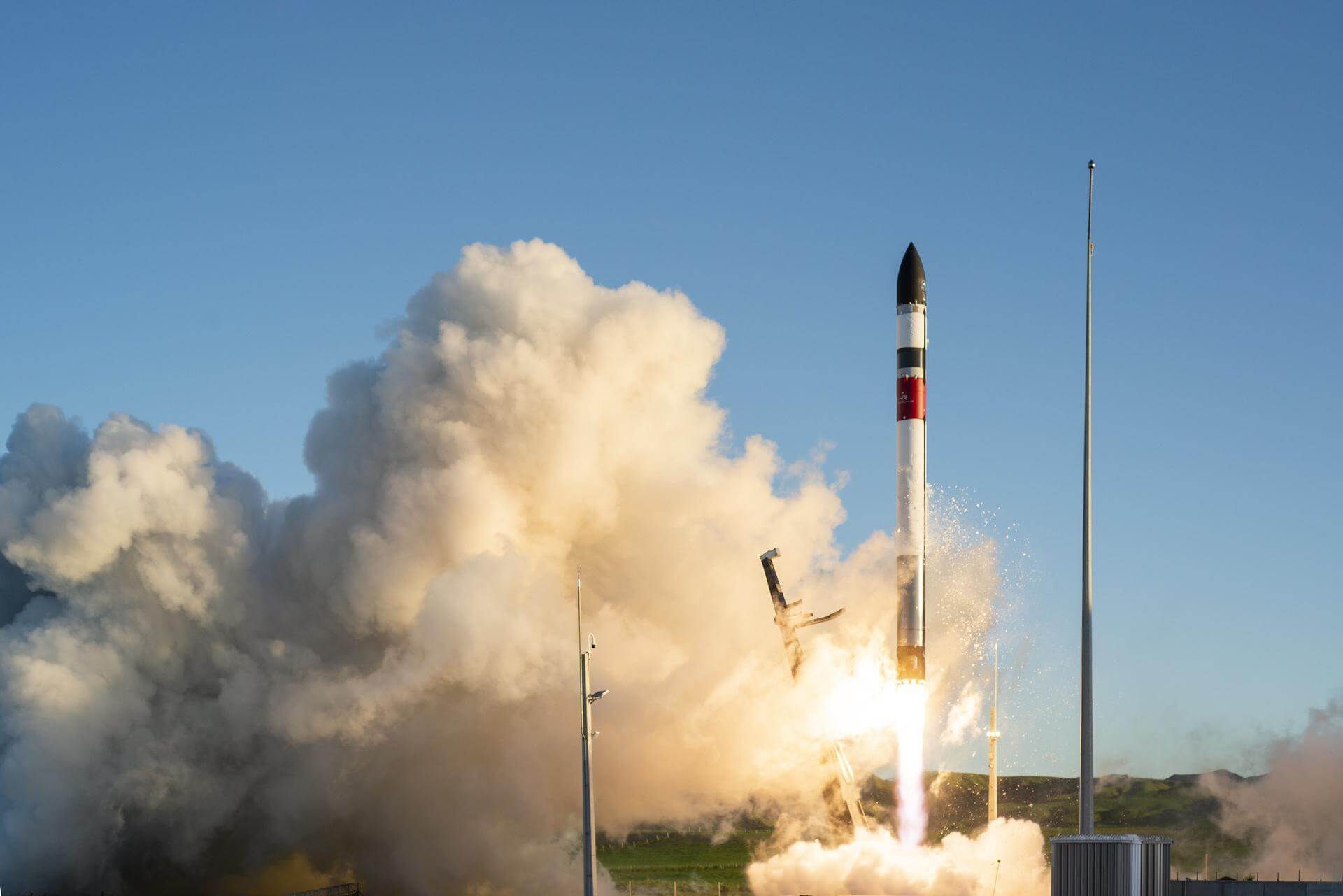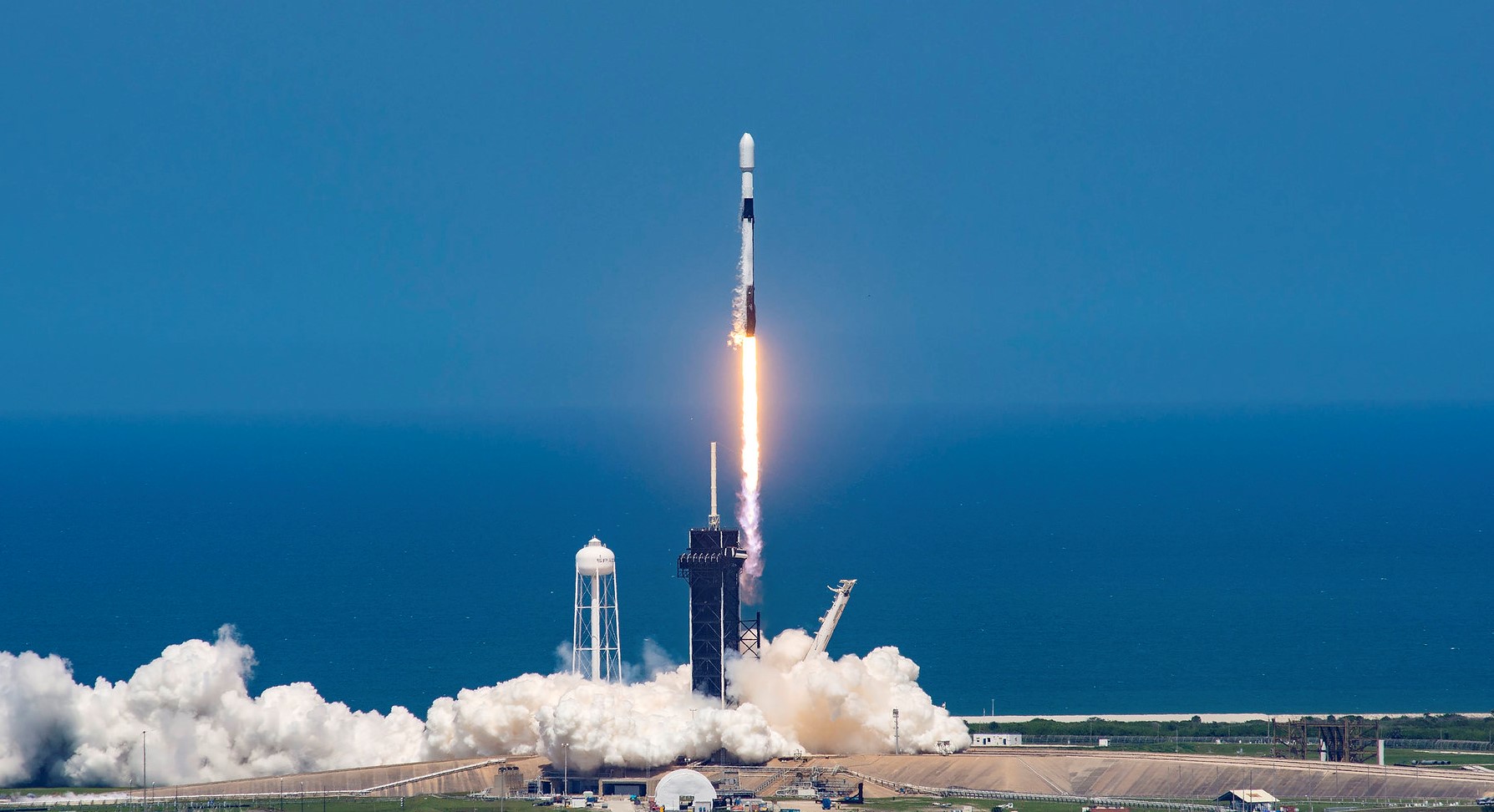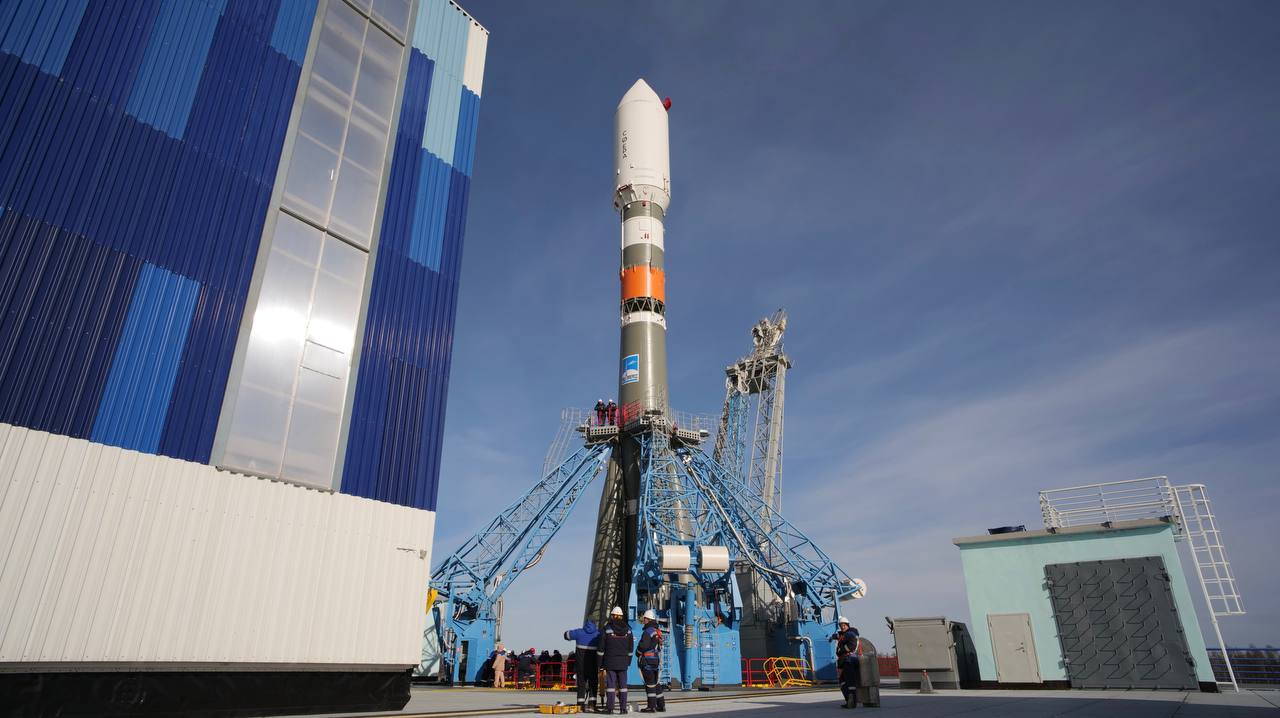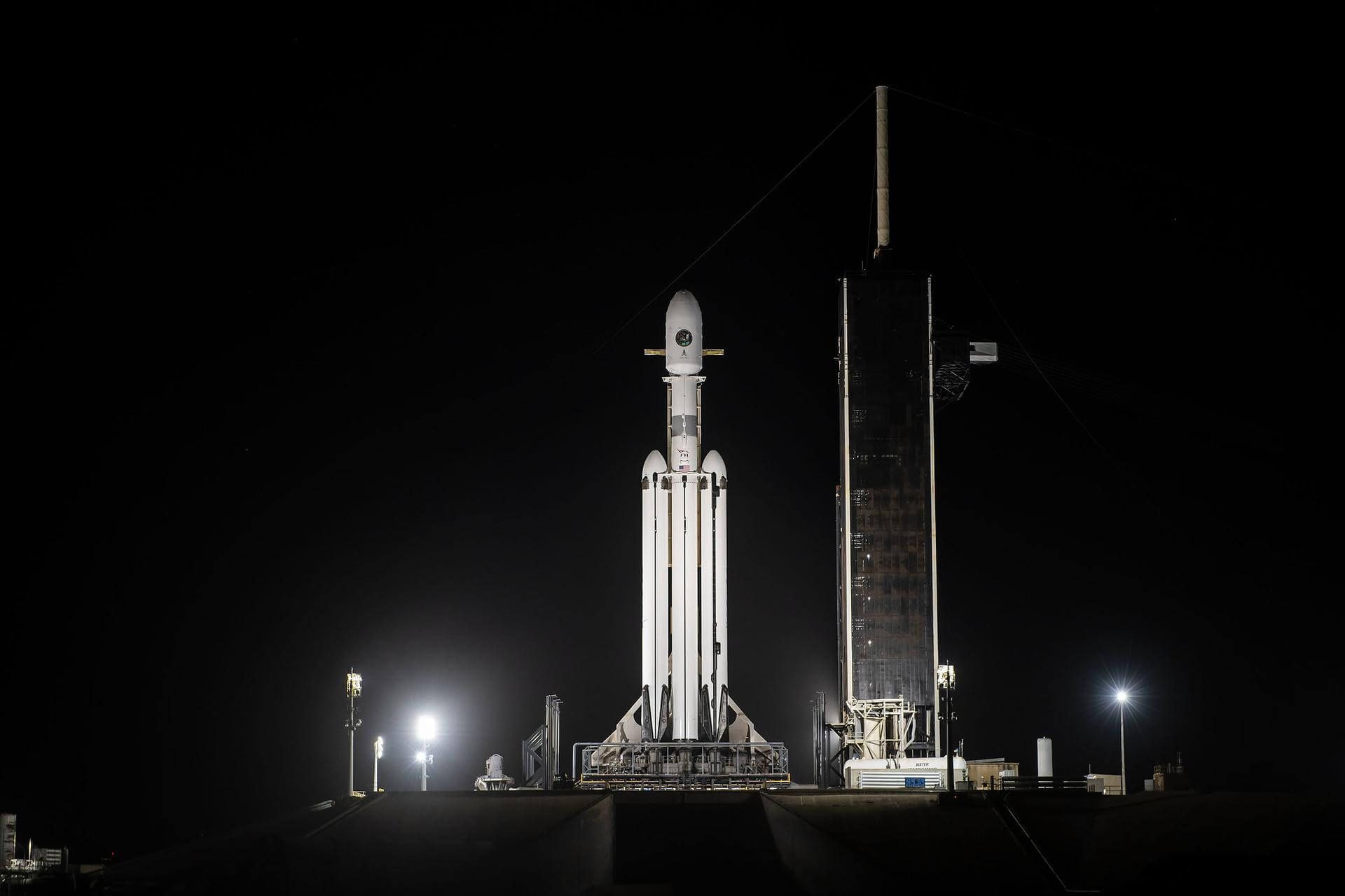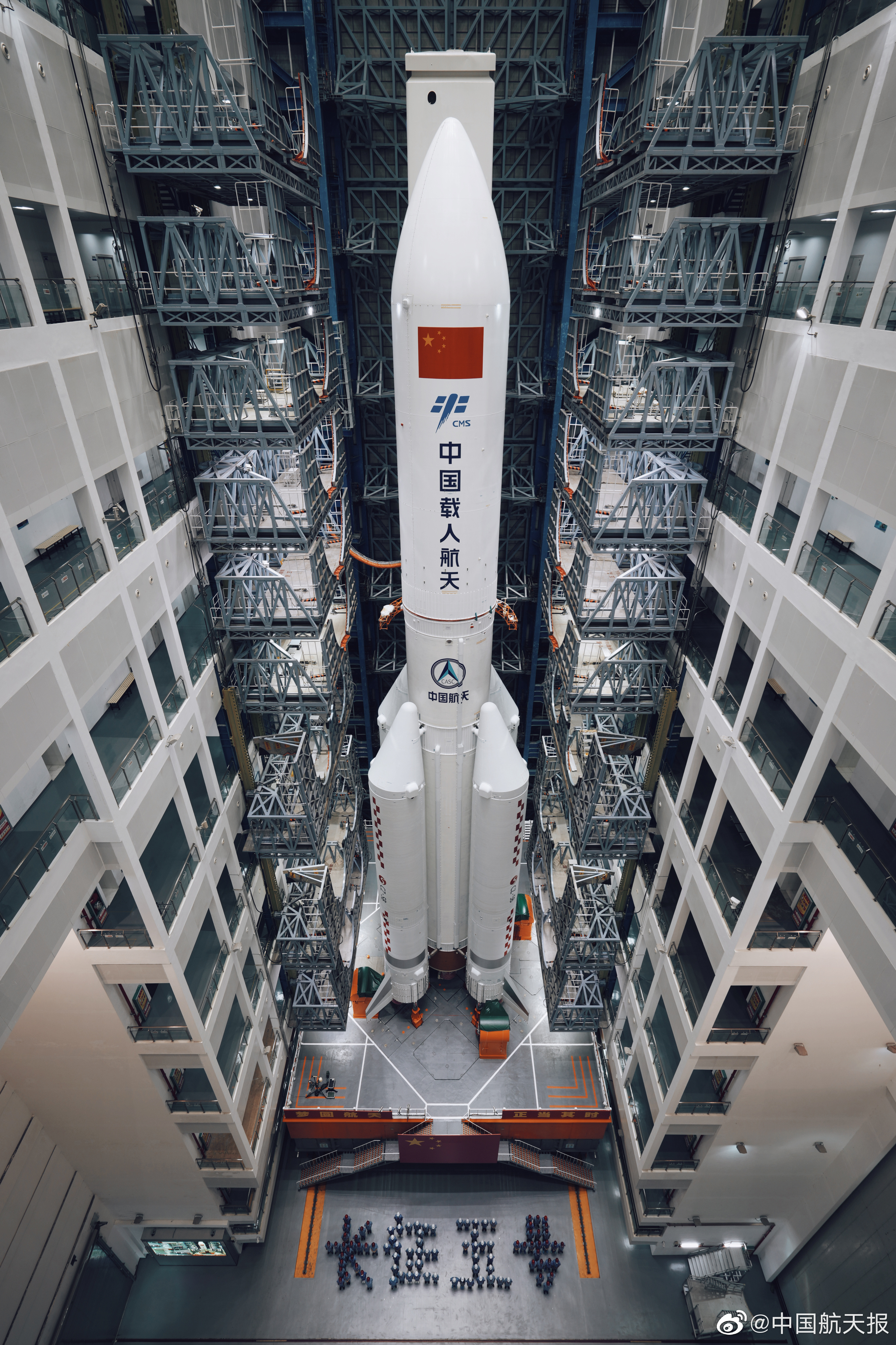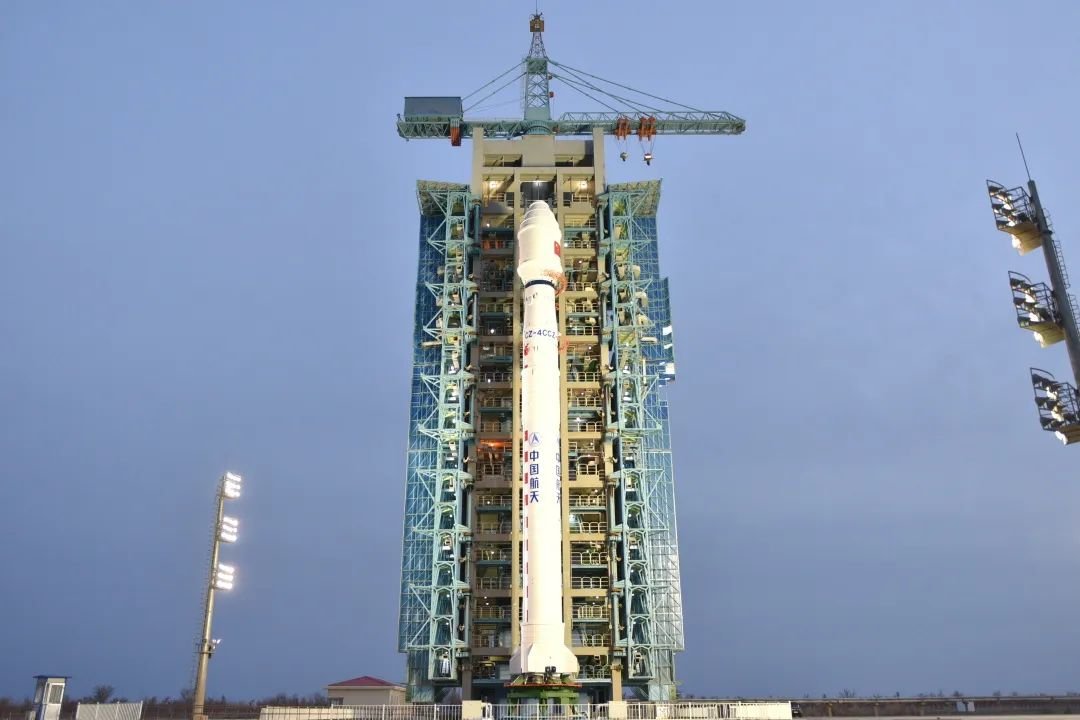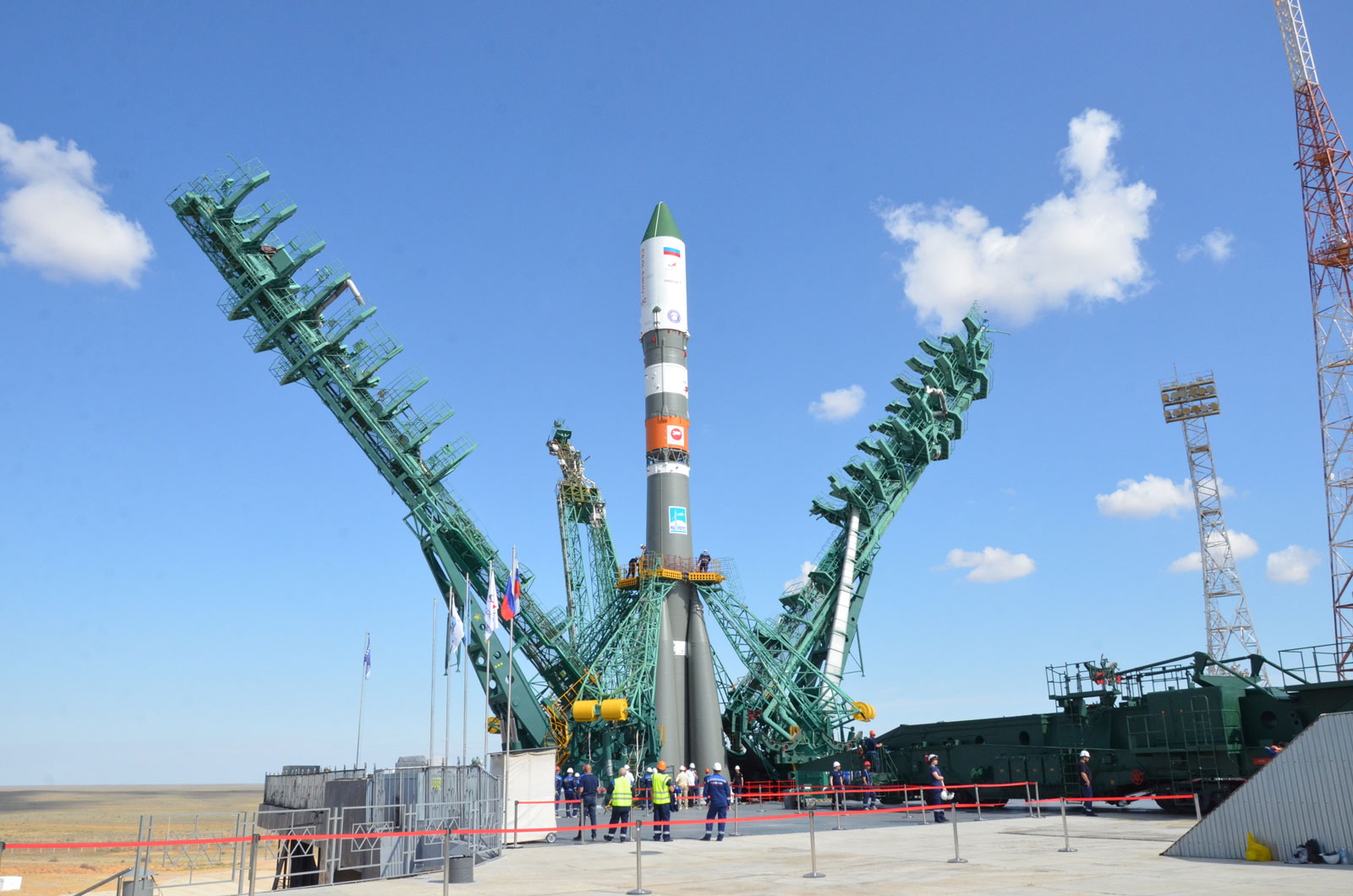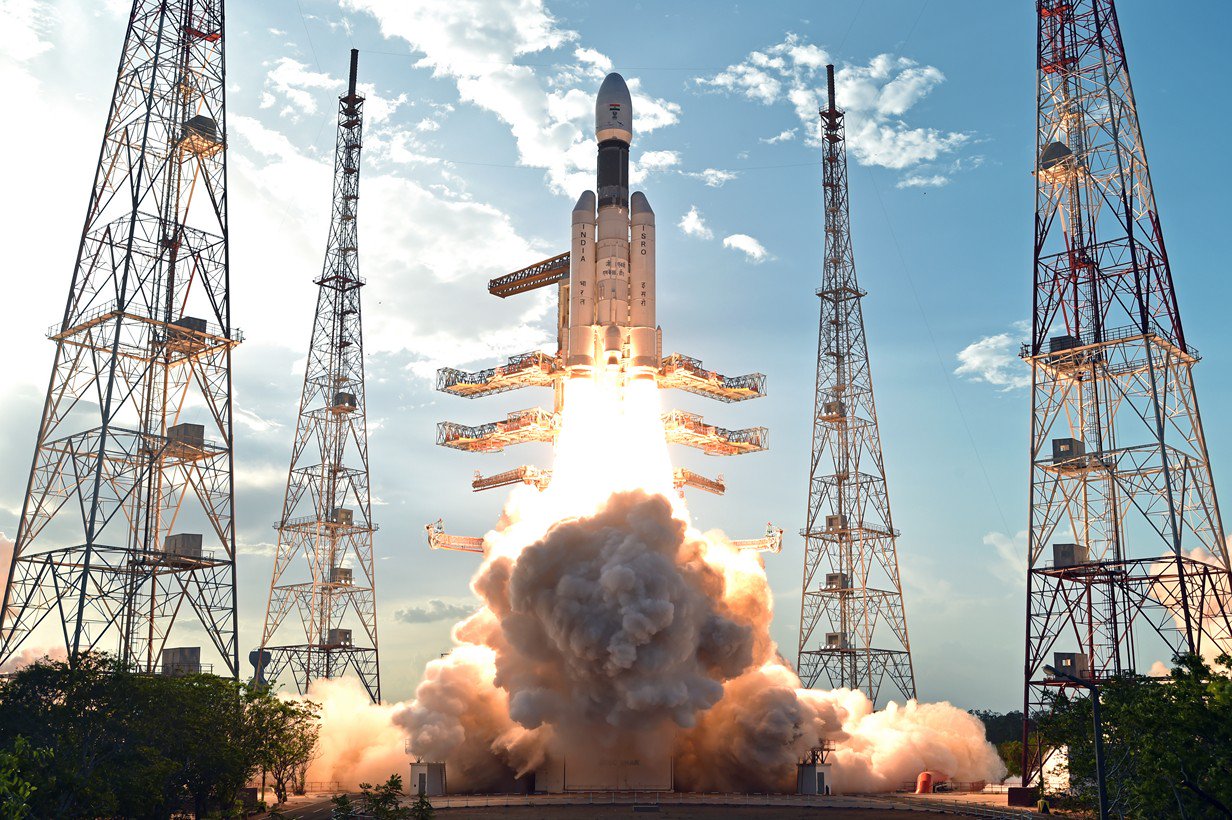Previous Spaceflight Launches
Filter by Agency, Locations or Vehicles
Show All LaunchesElectron | Catch Me If You Can (MATS)
Rocket Lab | United States of AmericaRocket Lab Launch Complex 1, Mahia Peninsula, New Zealand
Nov. 4, 2022, 5:27 p.m.
Status: Launch Successful
Mission:
The payload is a science research satellite by space systems provider OHB Sweden for the Swedish National Space Agency (SNSA). The Mesospheric Airglow/Aerosol Tomography and Spectroscopy (MATS) satellite is the basis for the SNSA’s science mission to investigate atmospheric waves and better understand how the upper layer of Earth’s atmosphere interacts with wind and weather patterns closer to the ground. MATS was originally due to fly on a Russian launch service before the mission was manifested on Rocket Lab’s Electron.
Sun-Synchronous Orbit 32 - Maiden Flight South PacificFalcon 9 Block 5 | Hotbird 13G
SpaceX | United States of AmericaCape Canaveral SFS, FL, USA
Nov. 3, 2022, 5:22 a.m.
Status: Launch Successful
Mission:
Hotbird 13G is a communications satellite built by Airbus Defense and Space which will provide television broadcast services over Europe, the Middle East, and North Africa for Eutelsat.
Geostationary Transfer Orbit B1067 - Flight Proven ( ) Just Read the InstructionsSoyuz 2.1b/Fregat | EKS 6 (Tundra 6) (Kosmos 2563)
Progress Rocket Space Center | RussiaPlesetsk Cosmodrome, Russian Federation
Nov. 2, 2022, 6:47 a.m.
Falcon Heavy | USSF-44
SpaceX | United States of AmericaKennedy Space Center, FL, USA
Nov. 1, 2022, 1:41 p.m.
Status: Launch Successful
Mission:
Classified US Space Force carrying two payloads directly to geostationary orbit. One is called the Shepherd Demonstration, and the other is LDPE 2 spacecraft that carries three hosted payloads and three deployable sub-satellites. One of them is an experimental microsatellite called TETRA-1.
Geostationary Orbit B1066 - Maiden Flight Atlantic Ocean B1064 - Maiden Flight Landing Zone 1 B1065 - Maiden Flight Landing Zone 2Long March 5B | Mengtian
China Aerospace Science and Technology Corporation | ChinaWenchang Space Launch Site, People's Republic of China
Oct. 31, 2022, 7:37 a.m.
Long March 2D | Shiyan 20C
China Aerospace Science and Technology Corporation | ChinaJiuquan Satellite Launch Center, People's Republic of China
Oct. 29, 2022, 1:01 a.m.
Falcon 9 Block 5 | Starlink Group 4-31
SpaceX | United States of AmericaVandenberg SFB, CA, USA
Oct. 28, 2022, 1:14 a.m.
Soyuz 2.1a | Progress MS-21 (82P)
Progress Rocket Space Center | RussiaBaikonur Cosmodrome, Republic of Kazakhstan
Oct. 26, 2022, 12:20 a.m.
Soyuz 2.1b/Fregat-M | Gonets-M33, Gonets-M34, Gonets-M35 & Skif-D
Progress Rocket Space Center | RussiaVostochny Cosmodrome, Siberia, Russian Federation
Oct. 22, 2022, 7:57 p.m.
Status: Launch Successful
Mission:
Gonets-M are an upgraded version of Gonets satellites, derived from military communications system Strela-3. Gonets-M constellation is tasked with monitoring ecological and industrial objects, providing communication and data transmission services, covering also the remote areas like the Far North region. Also onboard is the Skif-D demonstration satellite for the planned Russian Sfera LEO communication satellite constellation.
Low Earth OrbitLVM-3 | OneWeb 14
Indian Space Research Organization | IndiaSatish Dhawan Space Centre, India
Oct. 22, 2022, 6:37 p.m.
Status: Launch Successful
Mission:
A batch of 36 satellites for the OneWeb satellite constellation, which is intended to provide global Internet broadband service for individual consumers. The constellation is planned to have around 648 microsatellites (of which 60 are spares), around 150 kg each, operating in Ku-band from low Earth orbit.
Polar Orbit